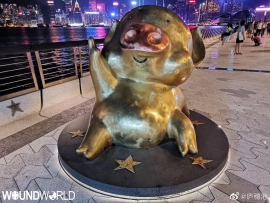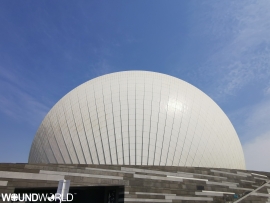
伤口世界
电子邮件地址: 该Email地址已收到反垃圾邮件插件保护。要显示它您需要在浏览器中启用JavaScript。


- 星期一, 04 11月 2019
EDITOR'S OPINION The Role of Wound Care Clinicians in Combating Lethal Infections
Authors

- 星期一, 04 11月 2019
CHILDREN WITH WOUNDS: ASKING THE RIGHT QUESTIONS Treating Pediatric Pressure Injury
Authors
Keywords



